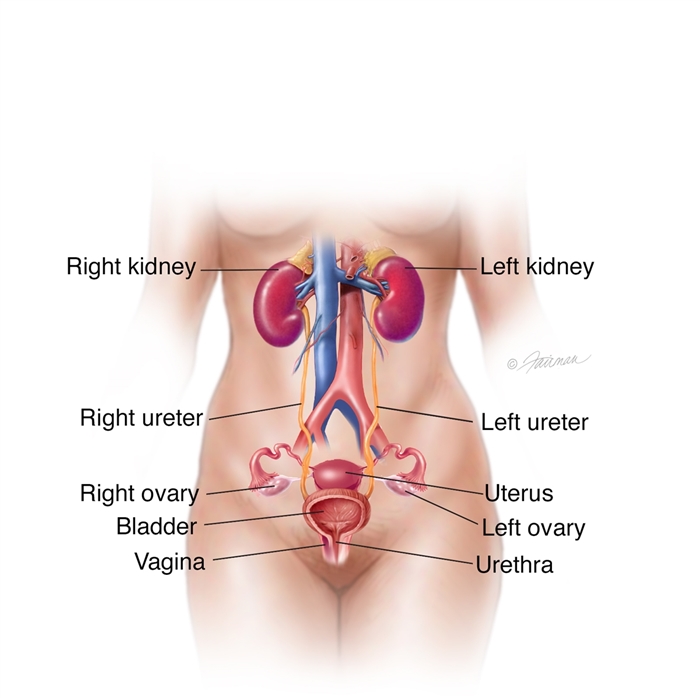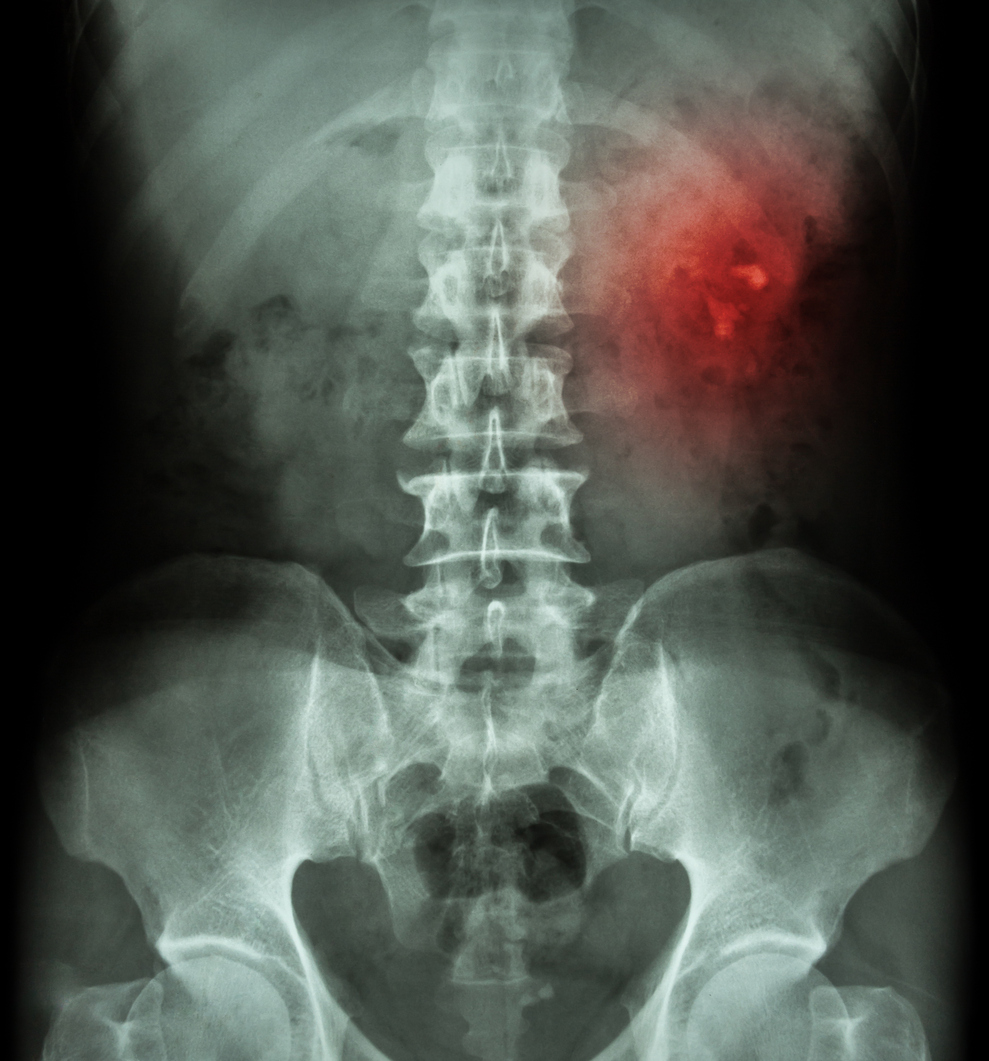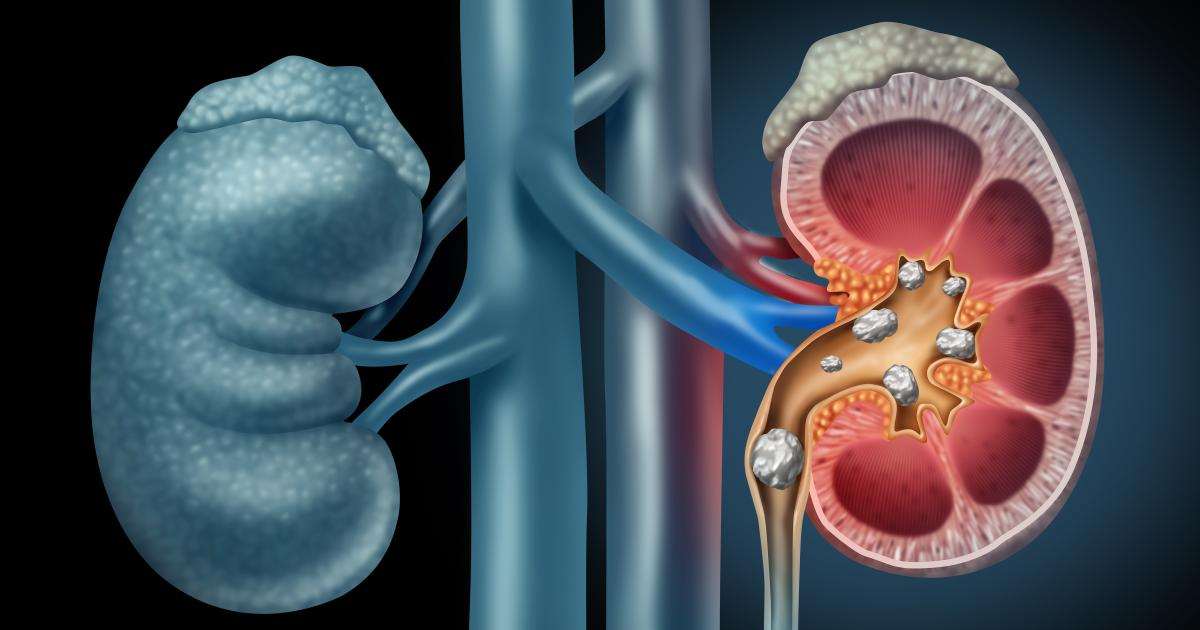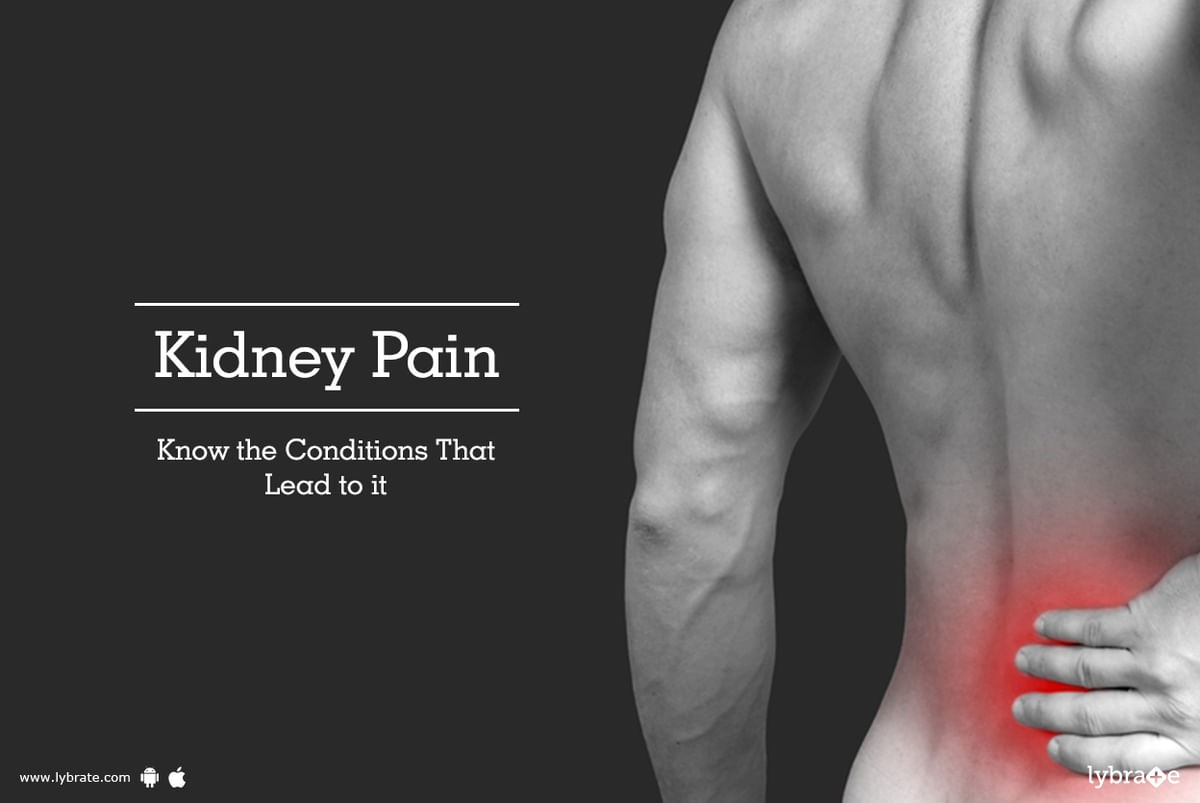Awe-Inspiring Examples Of Tips About How To Detect Kidney Pain
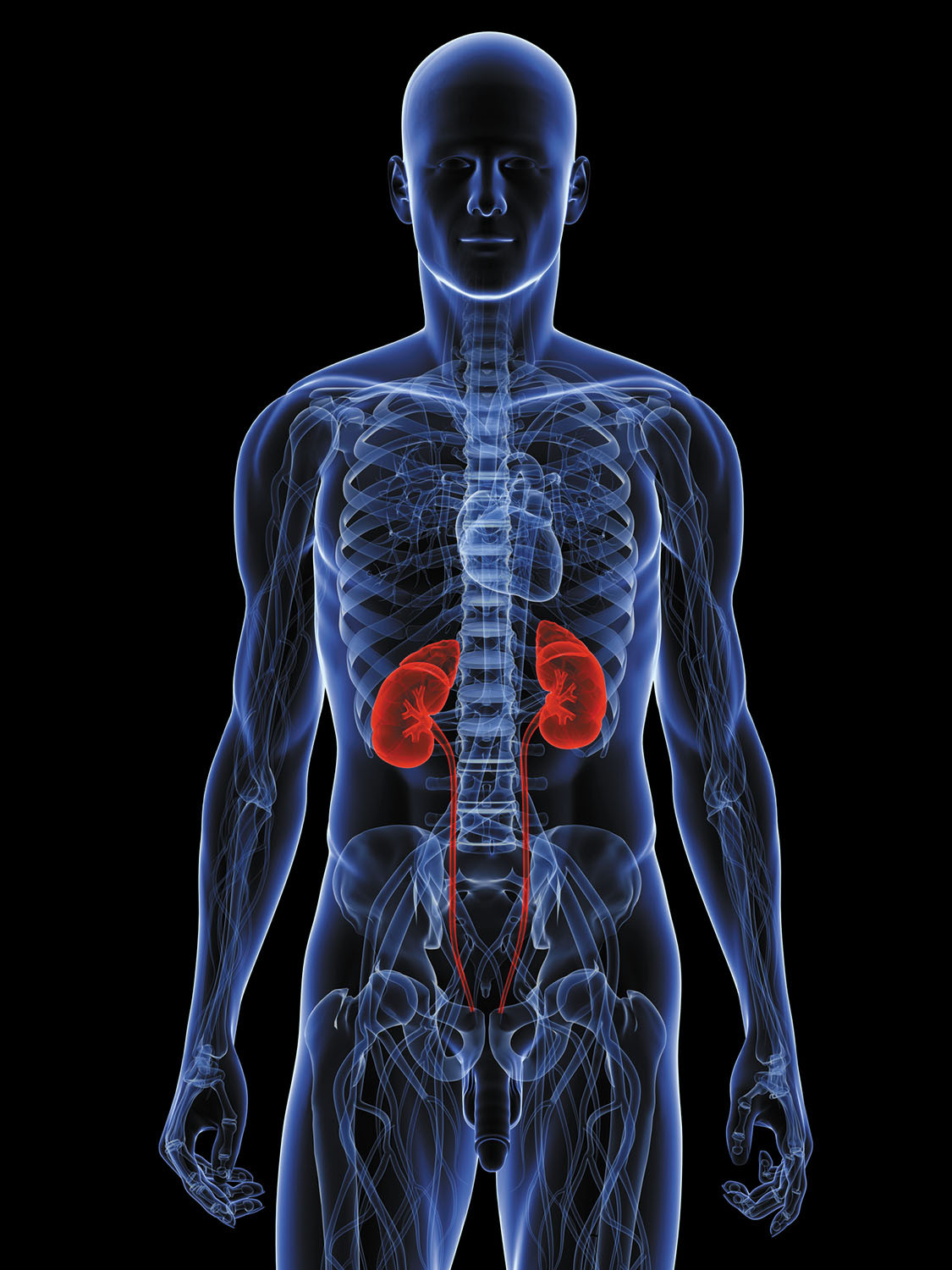
To check for protein in your urine, a doctor will order a urine test.
How to detect kidney pain. If you reach around and put your hand. A severe decrease in kidney function can lead to a buildup of toxins and. A burning feeling or pain when urinating;
Staying hydrated helps you urinate. High fever side and upper back pain chills and shaking frequent urination a persistent urge to urinate blood or pus. One of the earliest signs of kidney disease is when protein leaks into your urine (called proteinuria).
The pain tends to be dull (although some conditions can cause sharp, stabbing pain). Pus or blood in the urine; But pain in these areas is often unrelated to your kidneys.
You may pass a small stone. Imaging tests can help determine whether a kidney mass is a. To check for a kidney infection, you may be asked to provide a urine sample to test for bacteria, blood or pus in your urine.
Kidney stones may occur in either or both kidneys, and they usually do not hurt until they pass into the tube connecting your kidney and bladder. You're more tired, have less energy or are having trouble concentrating. If your kidneys are affected, signs and symptoms may include:
There are several ways to decrease your risk of kidney stones, including: Kidney pain, on the other hand, manifests around the middle of your back and to either side of the spine. To check for the presence of protein or blood in the urine.
/kidneypainfinal-01-5c3ba11dc9e77c0001033b11.png)






